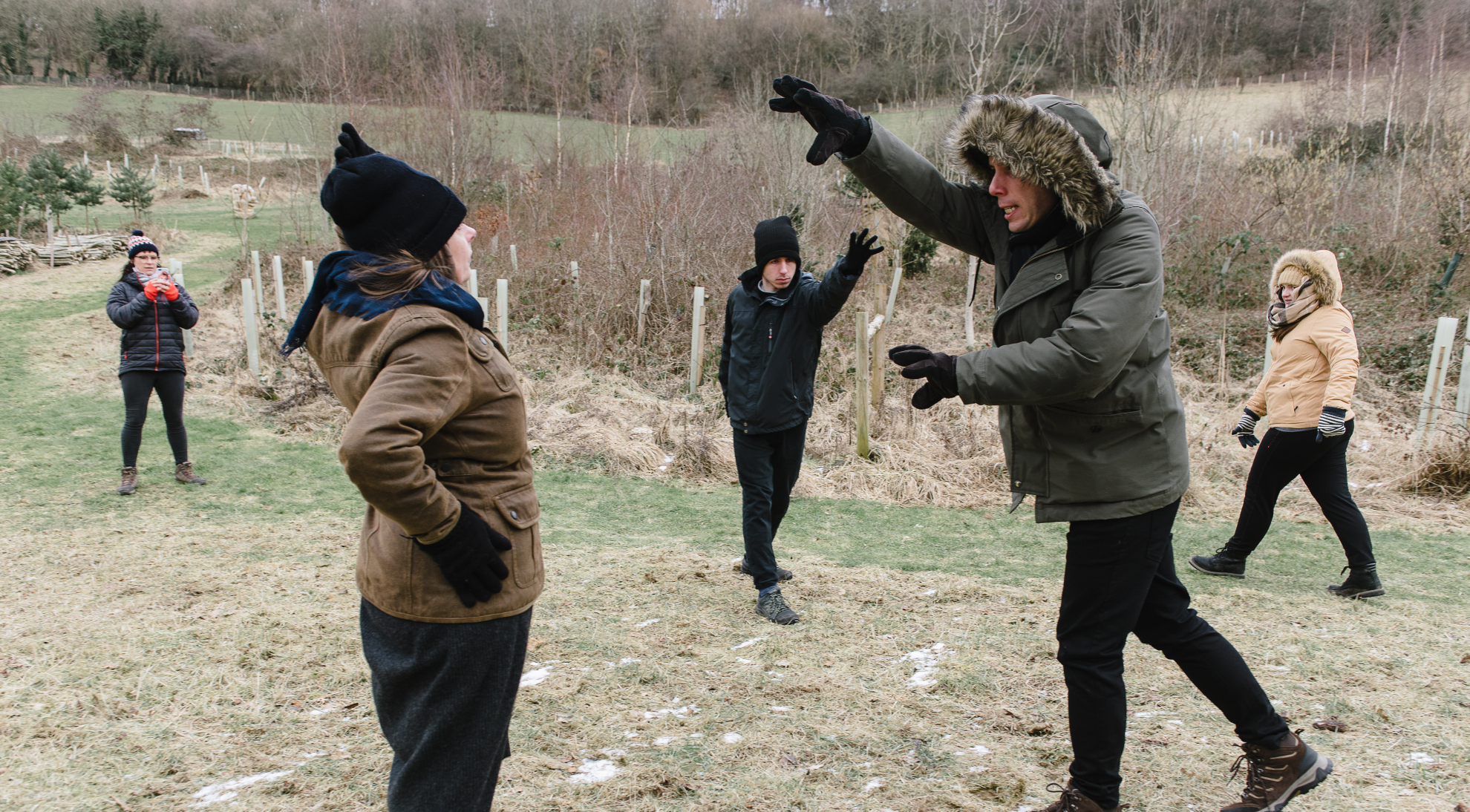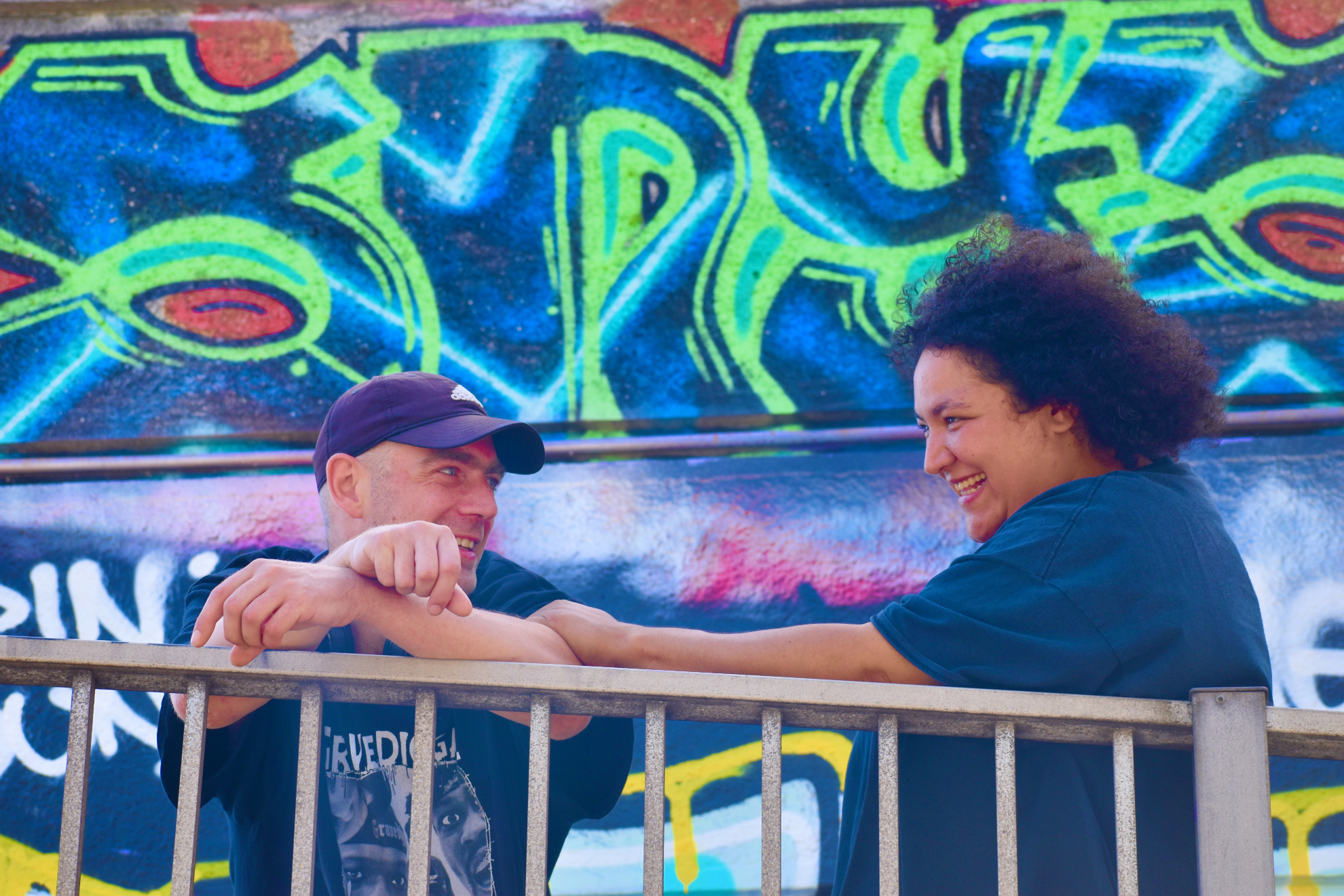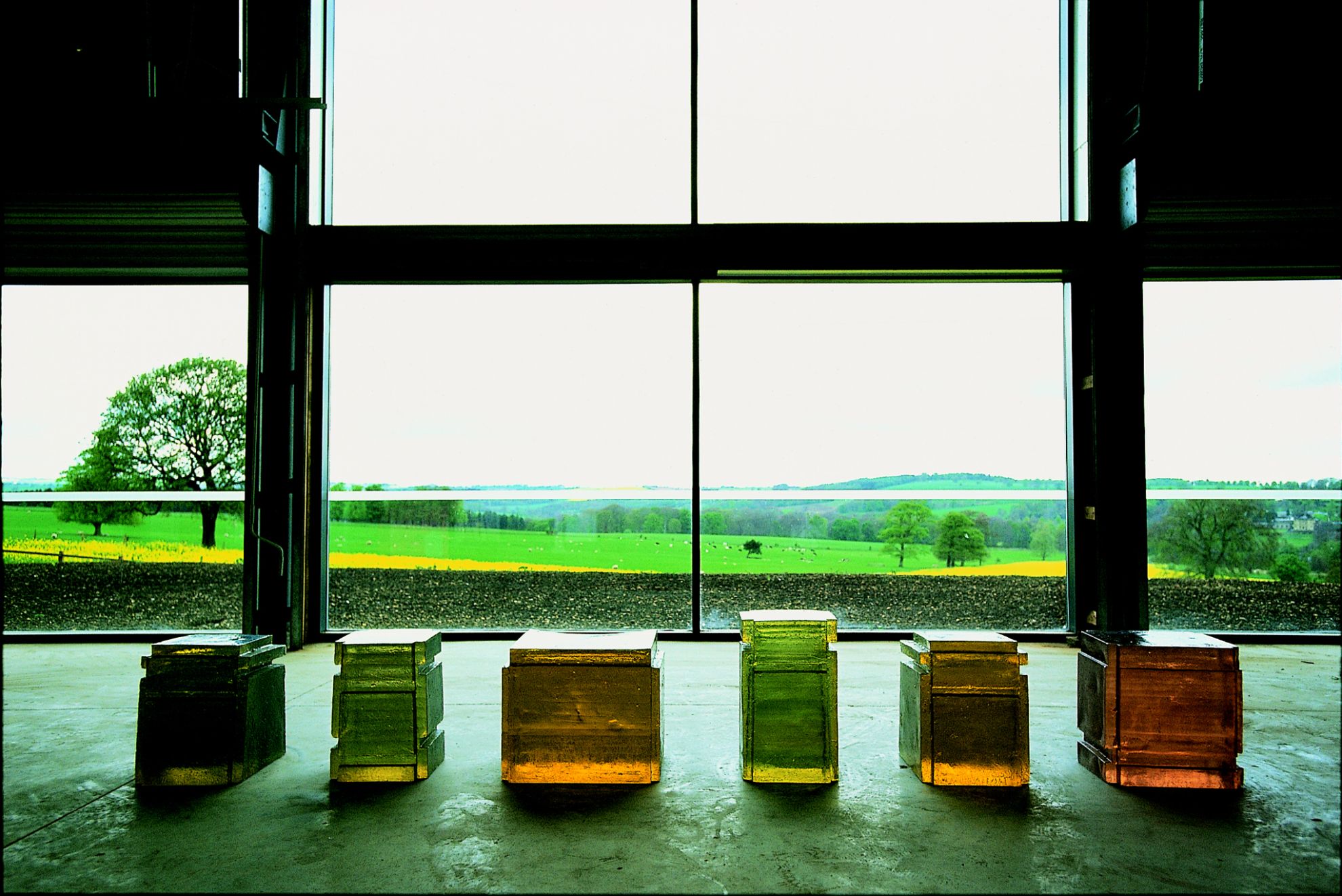I’m very passionate and a keen champion of street art and the artists who create it. I don’t feel street art and street artists get the recognition and respect they deserve.
I hope to help change this and want to write about the benefits of street art on mental health, especially during present times.
There’s probably a lot of misunderstanding about street art, so let’s have a quick tutorial.
Tags
This is basically personal calligraphy. The creator chooses a word, name, letters or shapes and creates their own style of writing using one colour. It could also be seen as a form of hieroglyphics or even a sigil. The act of tagging is the criminal element; creating a tag is not.
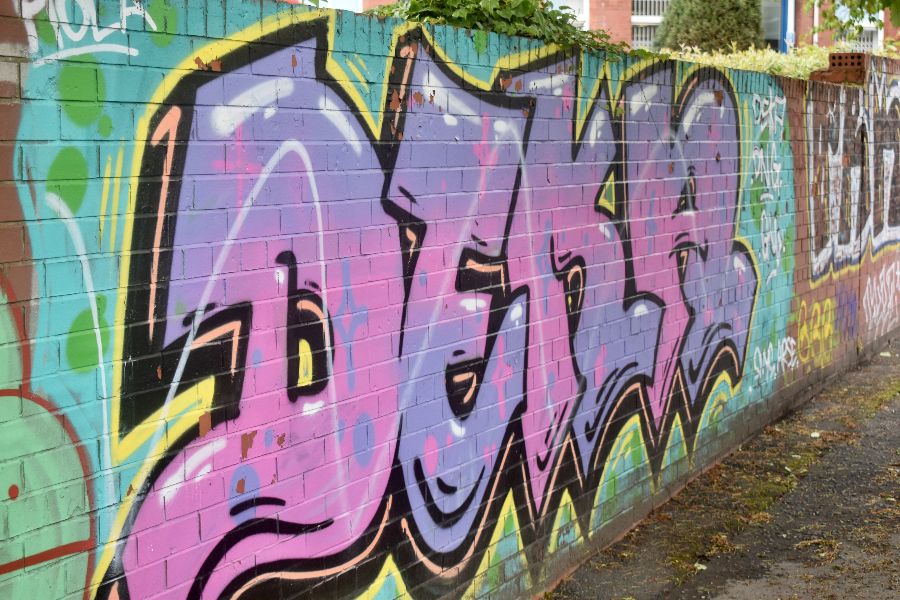
Graffiti
Is a developed tag. It involves building up the letters or shapes by making them fatter. At this stage, different colours are used.
Murals
Large paintings, painted directly on a wall or ceiling. I would add in a more “traditional” style of art that is completely unlike the style of graffiti. They can be conventional or avant-garde, depicting landscapes or be portraits and also be abstract.
These types of art are traditionally known as street art, but art in the street can include anything that is situated in the streets like sculptures, people busking or live art. Check out Compass Live Art in Leeds. https://compassliveart.org.uk/
I’m focusing on graffiti art for this article, as this is what is mainly about on my walks in the City – and the least recognised as an art form.
Graffiti art is part of the trinity of Hip-Hop music, breaking (breakdancing) and graffiti art. The Hip-Hop trinity is an art form that originated in the late 70’s in the South Bronx – New York and was created by African Americans, as they are now called, but their origins are Israelites, who were famous for their art of putting poetry to music, which is what we call rap music today. This Hip-Hop trinity has been adopted by many different cultures around the world. Pretty much everywhere you go you’ll find people breaking, rapping and doing graffiti art.

Leeds is no different, and the Hip-Hop trinity is alive and well here, with the graffiti art element of the trinity on the rise. There is so much of it now, its presence in the City is very noticeable and the streets of Leeds have developed into an unofficial art gallery. At any point as you walk around the City, you can be surprised by a piece of graffiti art in a mundane location you’ve walked past for years that has been transformed by a street artist. The excitement and pleasure I get from seeing somebody’s art on a wall in the street is such a welcome sensation in this lockdown climate. It was beyond depressing walking around the ghost town that was our City Centre day after day, week after week, month after month and now year after year in lockdowns. When I look at the art, I can actually feel my heart fill up with some kind of joy, which in these times is a rare emotion!
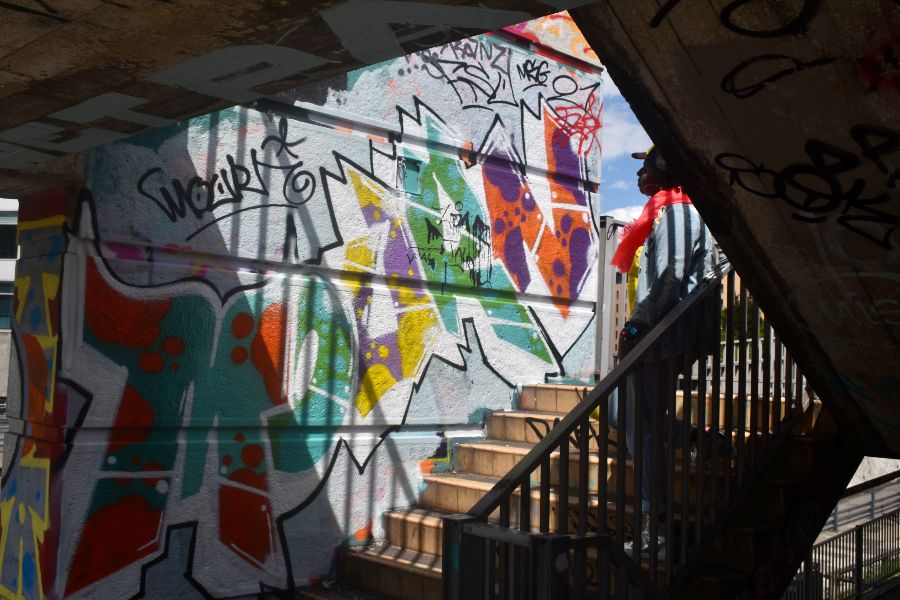
At first glance, some people might think there’s not much to graffiti art. To appreciate it properly and to get the most enjoyment out of it, it’s worth doing a bit of research on how it’s created. Graffiti art starts as a tag and develops into the graffiti we are all familiar with. The process is quite intense, as it requires a lot of deep personal creativity and a tag or graffiti art is never done.
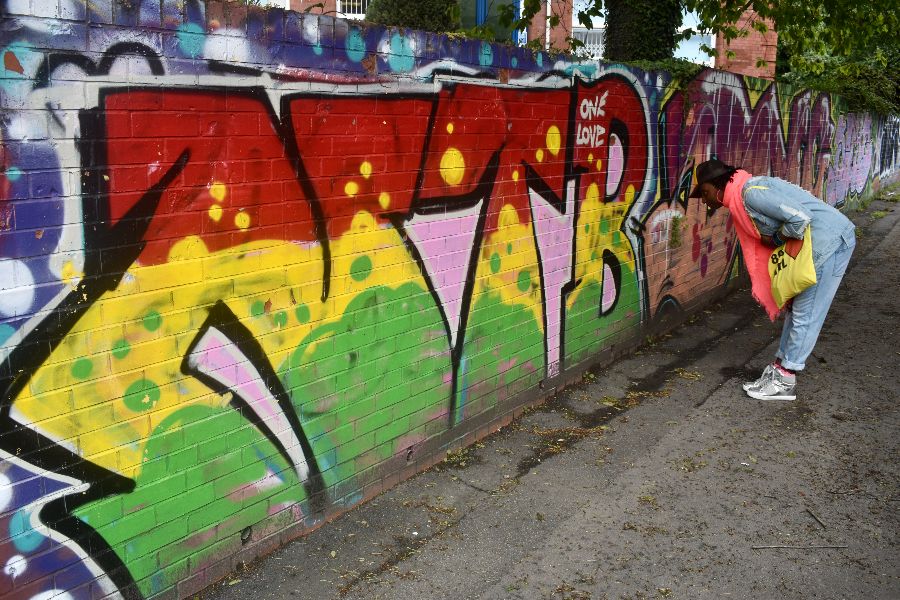
It’s an ongoing process. It keeps developing and developing. Although there are rules to making a tag and graffiti, it is a very free and freeing process which allows and requires the artist to literally create absolutely anything from their inner imagination. I’ve had a go at creating my own tag and I can absolutely testify to the process being super creative and Illuminative. The experience of creating a tag is so profound, it requires a separate article to do the process justice.
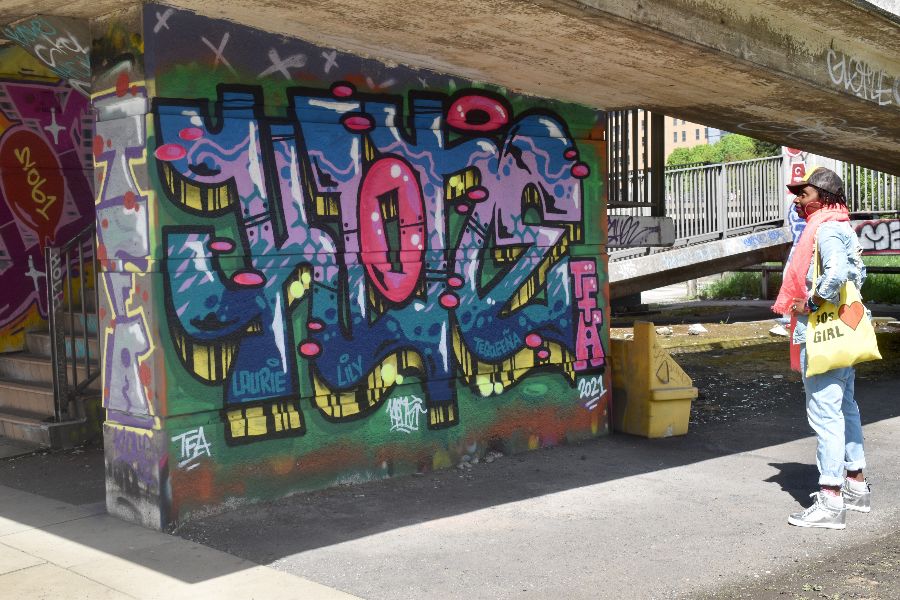
Graffiti art is usually bright and bold, so it always looks striking on a wall and the colours will instantly cheer you up, even if you don’t know what’s going on in the art piece. The designs stand out and you can’t help but look at them. It’s great when you are mindlessly walking, as we do through the concrete-ness of the City, with not much to look at and then BOOM! There’s a new piece of artwork for you to view and to take a pause and simply explore the piece. It literally feels like my own personal art gallery when I come across the art, as there is now more of an abundance of it.

The pieces tend to change every few weeks, which means it never gets boring. Graffiti artists can get a piece of work up on a wall in just a couple of hours, which makes turnover very fast. There is always a sense of energy around graffiti art, with the constant painting over of artwork. It’s a little sad when you really like a piece and then in two weeks it’s painted over and by sometimes a less impressive piece, but this type of non-ownership the artists seem to have, is very refreshing. It’s a truly wonderful way to experience art, especially in comparison to the accepted and customary way of how we have to engage with art, which is in a public art gallery.
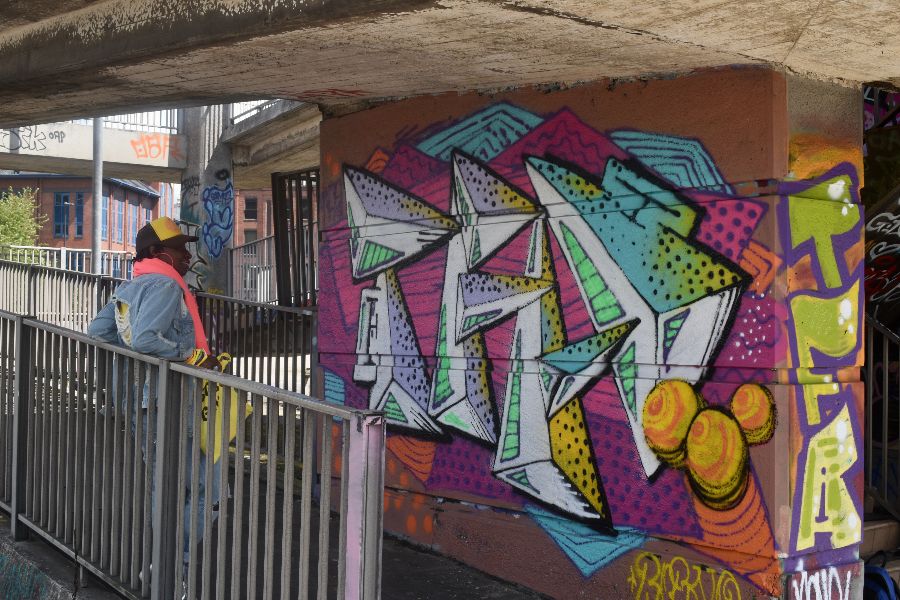
Most things outdoors are good for you. You’re out in the fresh air; you have fewer boundaries. People interact more readily outdoors. Street art is a great catalyst for conversation, appreciation, inspiration and more.
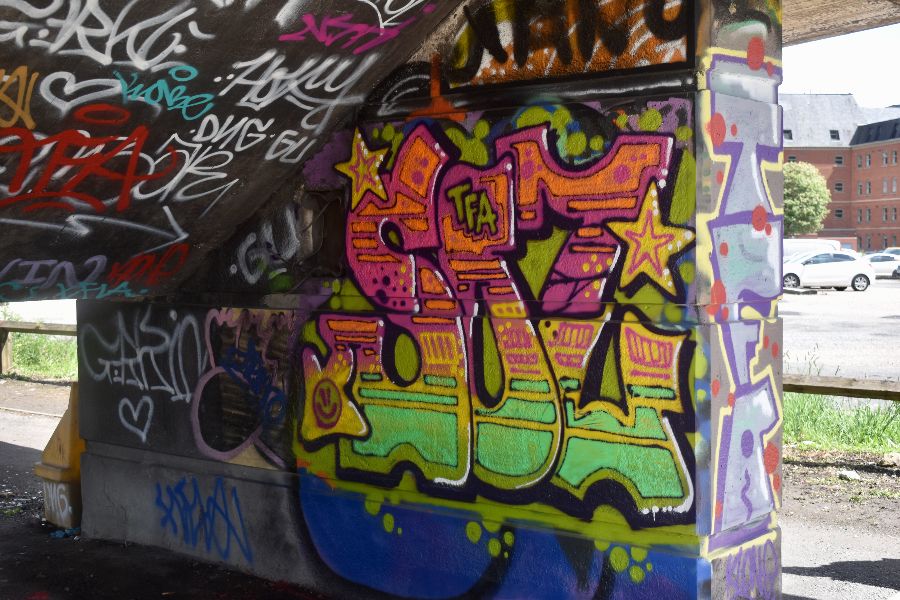
After having lots of fun taking photos of the graffiti art with my photographer friend Paul, it was time for some refreshments. On the way to the chippy, I spot somebody across the road painting a mural on a wall. This is kismet! I can’t get across the road quick enough. I think the artist sensed my excitement, as before I could even ask anything, he turned his head towards me to smile, as if to say “Ah, there you are!” As if he was awaiting my arrival, because where else would I be, other than next to some street art 💚. Me and Paul went up to see the mural. It wasn’t finished, but it was already having a positive effect on the space and people passing it.
The artist’s name is Edwin and he’s originally from Australia, (my spiritual home! ) and he lives in London. Turns out his great-grandmother is from Leeds! Which makes the fact he’s doing a mural in Leeds extra special. A full circle experience!
The mural is on the side wall of the Henderson’s Cafe on Burley Road. Gavin is the recent new owner of the cafe. Whilst clearing old bushes, trees and brambles from the side of the building, the wall became exposed and he immediately saw it as a blank canvas. Gavin is a believer in how street art can help with people’s mental health and he wanted to do something for the community and give something back, so he decided on getting a mural done. By the mysterious miracle that is six degrees of separation, he found Edwin. He praises Edwin as a great find and loves what he’s achieved with the mural. We all do!
The beach setting is magical and the colours Edwin has mixed for the mural are incredibly vivid. I feel like I could just dive right into it. I asked Edwin, where is this place and he told me it’s been in his head for years and he’s always wanted to paint it. He wanted to paint something that people can just enjoy and relax next to. He didn’t want to do anything with a message or political. Just a painting to create a happy and calm aura.
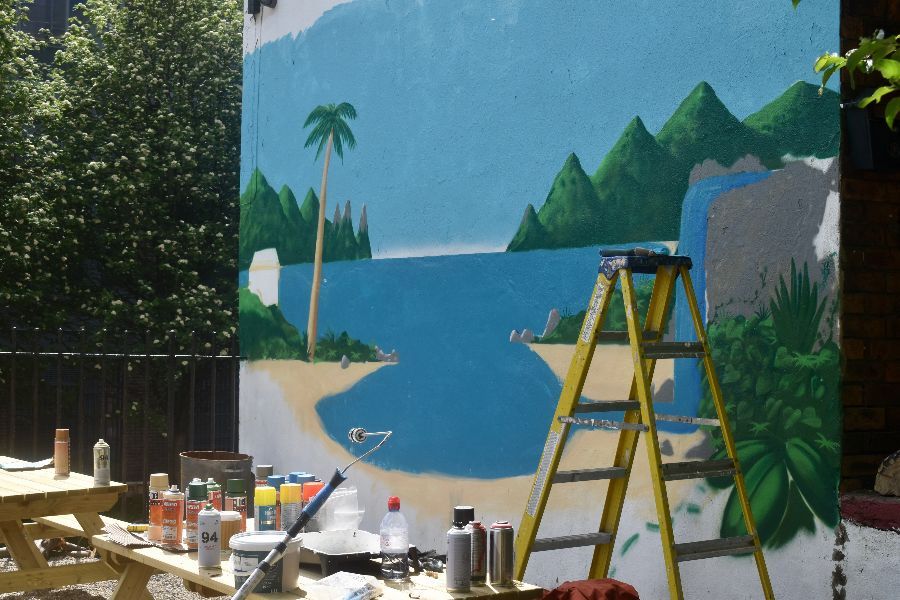
He has certainly achieved that! The mural is so potent, I feel like I’m actually on my jollies. It’s a great visual escape. The blue, which Gavin says is nearly exactly the same as the Leeds United football team blue, is my favourite colour in the mural. I know nought about football, much less care, so that little tit-bit fact went over my head, but I find it interesting that Edwin got the blue so close to the Leeds blue, without knowing what the Leeds blue looks like. I think that was him channelling his Leeds great grandmother who was coming through and activating his ancestral Leeds DNA.
We had a really nice chat with Gavin, Edwin and Jay-Jay who also works at the cafe and hails from South Africa. The mural wasn’t even finished and it was already working it’s magic!
This situation proves my point – that street art helps mental health and is a benefit to communities. We met some new people, had a laugh, learned some stuff and the community now has a wonderful piece of art to look at.

Street art is the future and right now it’s doing a pretty good job of being the present. It’s more than time to embrace this type of art and the artists who create it. Having all of this street art has been an absolute Godsend for me and I’m sure it has been for other people. Through these lockdowns, art has been such a major asset to all kinds of people in all kinds of ways. I feel we don’t have to argue the point quite so much any more about the value of art in our lives and how vital it is for our wellbeing on many levels.
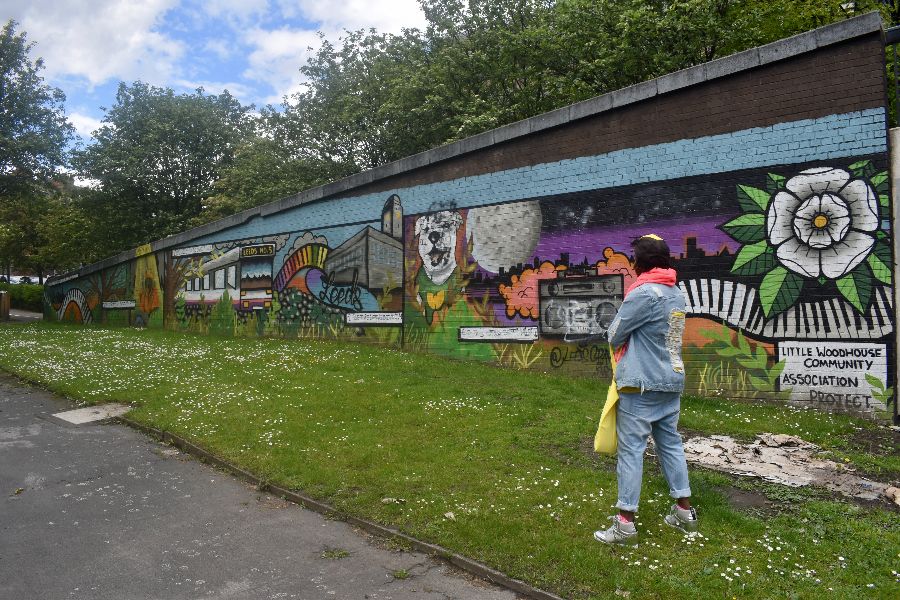
All photography by Paul Abraham.
Director of Photography: Fe

